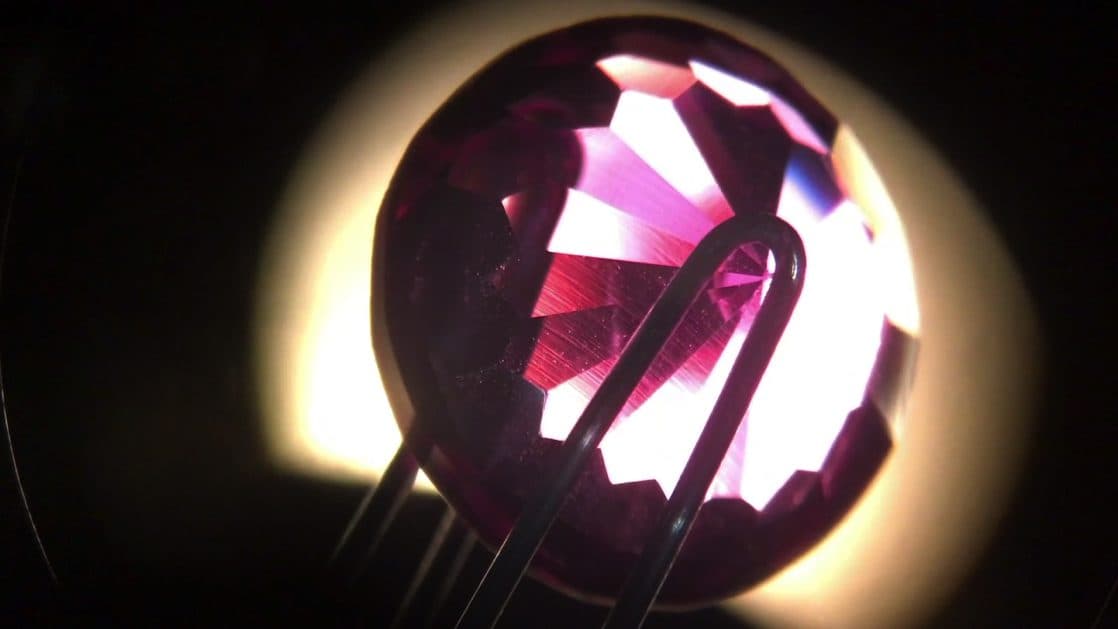
Synthetic Gemstone Inclusions
Identifying lab-created gems is a critical skill for gemologists. Learn how to spot the most common synthetic gemstone inclusions.
4 Minute Read
Related Articles
Gemstone Doublets, Triplets, and Other Assembled Stones
Understanding Gem Synthetics, Treatments, And Imitations, Part 3: Synthetic Diamond
Synthetic Amethyst: What is it and How is it Made?
Synthetic Aquamarines
Latest Articles
800 Years of Mogok: A Celebration in Tenuous Times
What is the Average Gemstone Faceting Yield?
Pyroxmangite Value, Price, and Jewelry Information
How to Identify Emerald Simulants and Synthetics
Never Stop Learning
When you join the IGS community, you get trusted diamond & gemstone information when you need it.